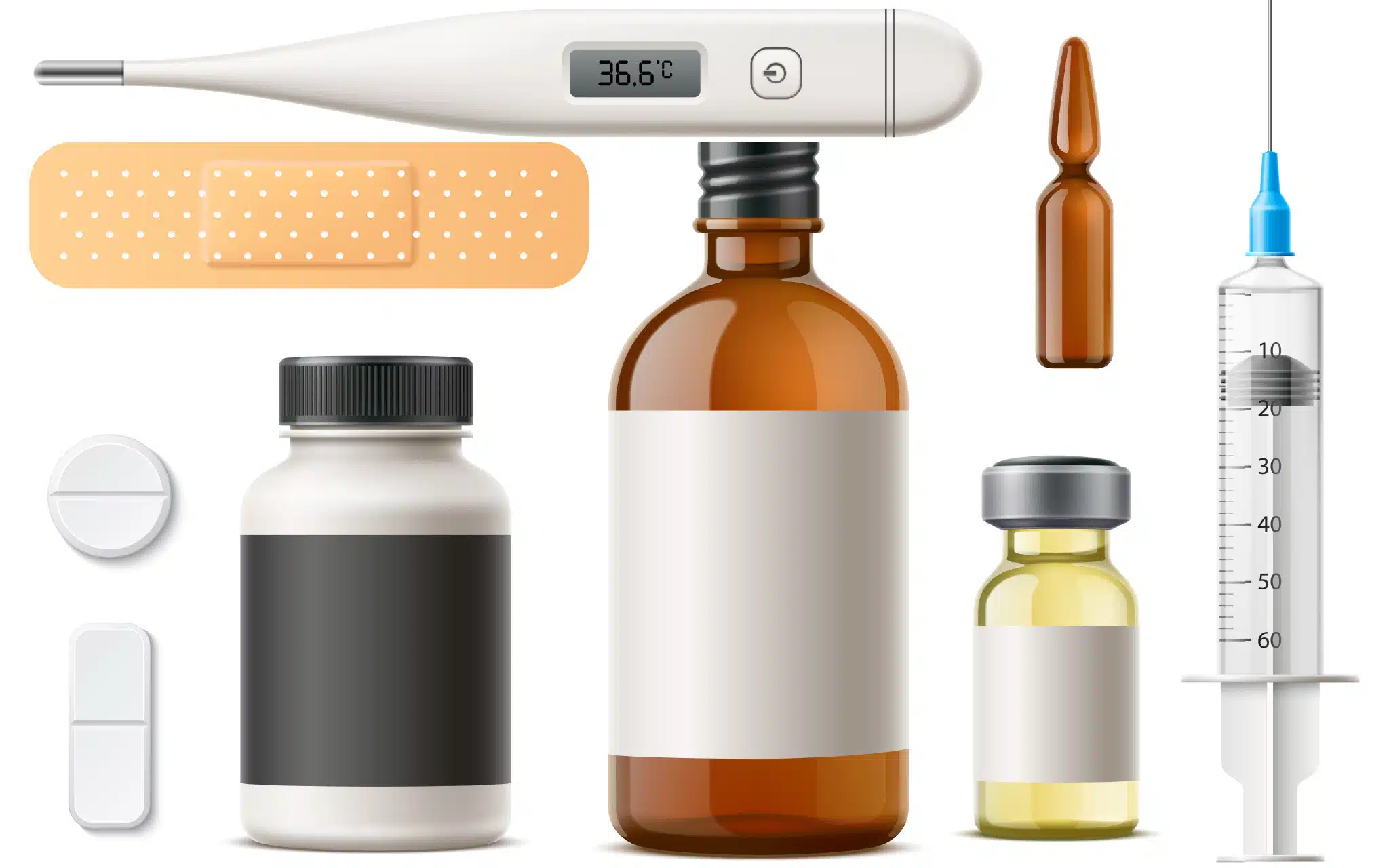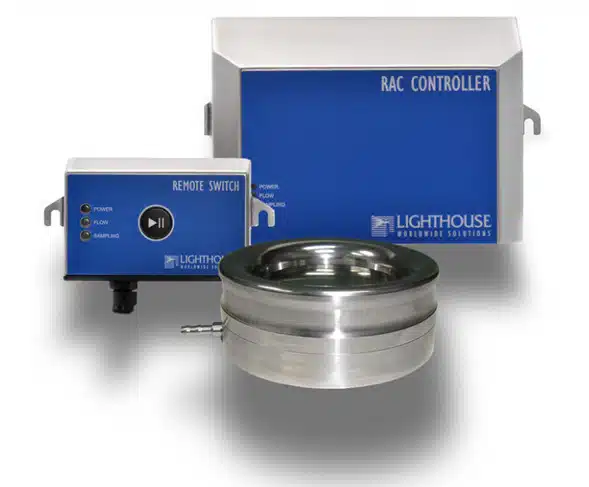This shift towards continuous EM requires manufacturers to adopt specific techniques and align their monitoring programs with a comprehensive contamination control strategy (CCS).
Manufacturers are encouraged to conduct thorough audits of their facilities, evaluating all aspects of manufacturing, including equipment, processes, and staff protocols. This evaluation should also assess the effectiveness of existing detection systems, with a focus on identifying ongoing contamination risks and evaluating current standard operating procedures (SOPs).

Continuous EM programs should be customised to the needs of each facility, considering its size and sector. These programs should integrate a variety of monitoring techniques, including surface monitoring with contact plates and swabs, and sampling of gases used in manufacturing for contamination. Comprehensive personal protective equipment (PPE) for staff is also advised to minimise cross-contamination risks.
The guidelines detail methods for measuring microbial air contamination, distinguishing between passive methods, like gamma-irradiated settle plates, and active methods, which include air sampling and continuous air monitoring. The latter is particularly emphasised for use at fixed points in critical areas such as Grade A filling zones.

An example of a continuous air monitoring system: the Remote Active Count, manufactured by Lighthouse Worldwide Solutions, designed to help you detect ongoing contamination risks.
By implementing these detailed guidelines, manufacturers can not only ensure compliance with the latest Annex 1 revision but also enhance the safety and quality of their sterile medicinal products.

